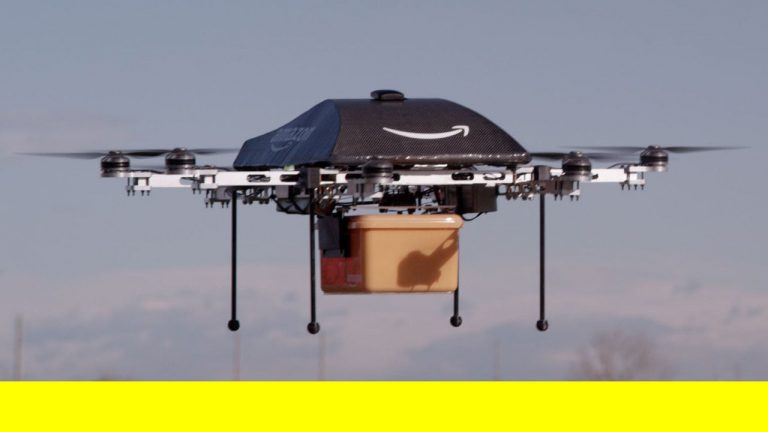Published on June 8, 2017

Delivering packages with drones can reduce carbon dioxide emissions in certain circumstances as compared to truck deliveries, a new study from University of Washington transportation engineers finds. In a paper to be published in an upcoming issue of Transportation Research Part D, researchers found that drones tend to have carbon dioxide emissions advantages over trucks when the drones don’t have to fly very far to their destinations or when a delivery route has few recipients.
Trucks — which can offer environmental benefits by carrying everything from clothes to appliances to furniture in a single trip — become a more climate-friendly alternative when a delivery route has many stops or is farther away from a central warehouse. For small, light packages — a bottle of medicine or a kid’s bathing suit — drones compete especially well. But the carbon benefits erode as the weight of a package increases, since these unmanned aerial vehicles have to use additional energy to stay aloft with a heavy load.
“Flight is so much more energy-intensive — getting yourself airborne takes a huge amount of effort. So I initially thought there was no way drones could compete with trucks on carbon dioxide emissions,” said senior author Anne Goodchild, a UW associate professor in Civil and Environmental Engineering, who also directs the UW Supply Chain Transportation & Logistics Center. “In the end, I was amazed at how energy-efficient drones are in some contexts. Trucks compete better on heavier loads, but for really light packages, drones are awesome.”
Continue reading at UW Today
Originally posted on UW Today by Jennifer Langston